Bringing Vietnam into the regional leader group in international fiber optic cable systems
On June 14, the Ministry of Information and Communications issued a decision approving the "Strategy for developing Vietnam's international optical cable system to 2030, with a vision to 2035".
The strategy clearly defines the viewpoint: Vietnam's international fiber optic cable system is an important component of digital infrastructure, must be prioritized for modern investment, one step ahead, ensuring Vietnam's international connection has super large capacity, super wide bandwidth, safety, sustainability, enough space for some urban areas to become regional data centers - Digital Hub.
Developing an international fiber optic cable system aims to build autonomy in establishing, deploying, and repairing international fiber optic cables, ensuring the safety of Vietnam's Internet network, fully meeting the international connection needs for the development of the digital economy, digital society, and national defense and security.
State-owned enterprises pioneered the deployment of international fiber optic cables, promoting domestic and foreign enterprises to participate in investment and construction to quickly develop a breakthrough in Vietnam's international fiber optic cable system.
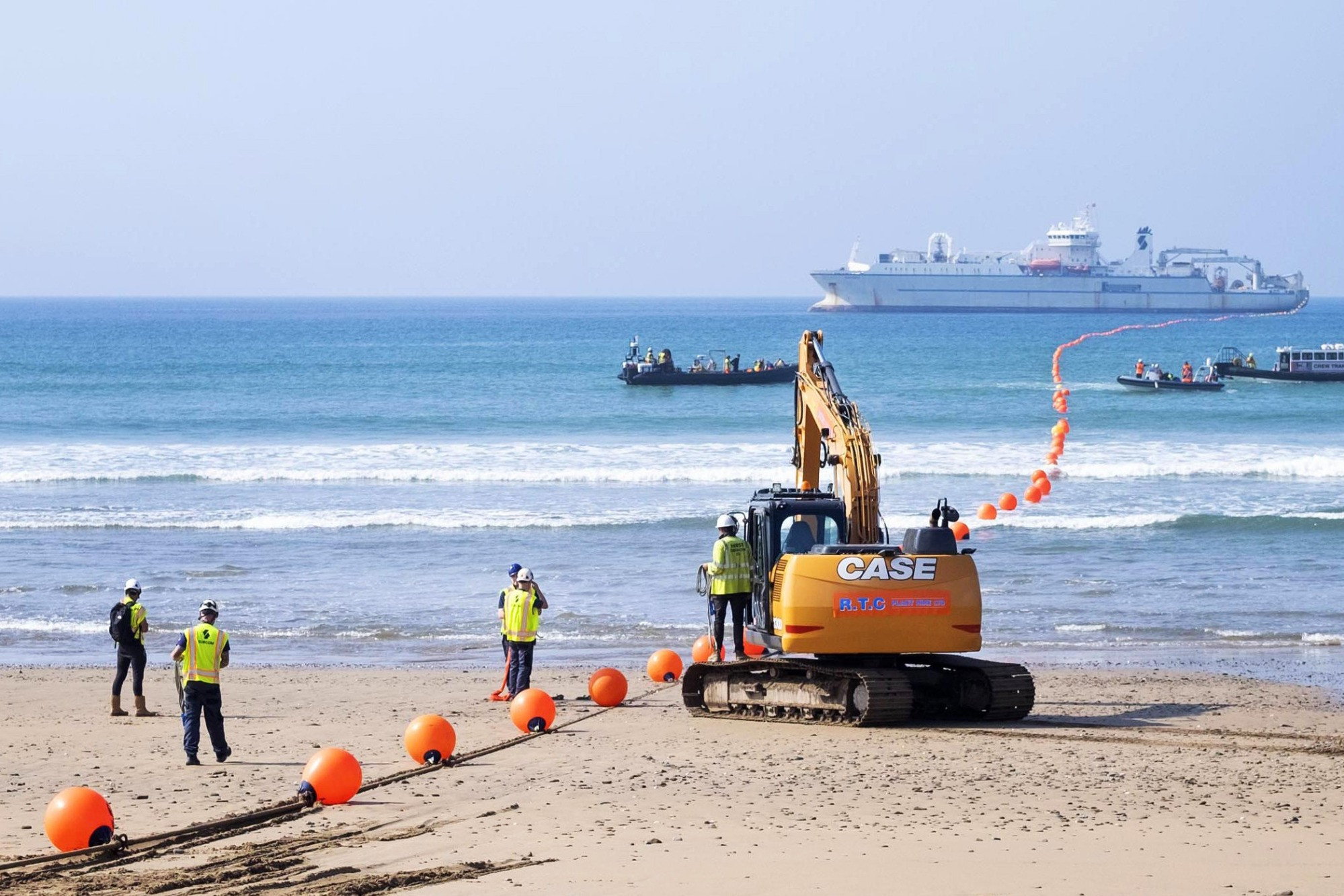
The strategy also identifies a vision that by 2035, Vietnam's international fiber optic cable system will be among the leading in the region in terms of quantity, capacity and quality, becoming an advantage in attracting investment, building large data centers, and large and super-large cloud computing service providers.
At the same time, diverse, safe and sustainable connections make Vietnam an important link in the digital infrastructure and data transmission infrastructure of the region and the world, creating advantages and motivation to turn some cities into Digital Hubs, promoting the development of the digital economy, digital society and digital transformation.
With the above viewpoint and vision, the strategy aims to deploy and put into operation at least 10 new submarine optical cable lines with modern technology by 2030, bringing the total number of submarine optical cable lines in Vietnam to at least 15 lines with a minimum capacity of 350 Tbps. Of which, there are at least 2 submarine optical cable lines owned by Vietnam that directly connect to Digital Hubs in the region.
Also by 2030, Vietnam's submarine optical cable system will be deployed and distributed harmoniously in all technically feasible directions: Connecting to the East Sea to the North; connecting to the East Sea to the South; connecting to the southern sea.
At the same time, Vietnam also deployed and put into use at least 2 more international land-based optical cable lines, ensuring that the total capacity of international land-based optical cables reaches at least 15% of the actual usage capacity of the submarine optical cable system.
Ensuring safety and sustainability of international fiber optic infrastructure
To realize the set goals, in the newly approved strategy, in addition to the two tasks of deploying international fiber optic cable lines according to the roadmap and ensuring the safety and sustainability of international fiber optic cable infrastructure, the Ministry of Information and Communications clearly outlines four groups of solutions including: Organization and apparatus; Domestic cooperation; International cooperation; Research and development.
Specifically, according to the roadmap, by 2027, Vietnam will deploy and put into operation 4 new submarine optical cable lines, increasing the total capacity to at least 134 Tbps; Continue to maintain at least Singapore, Hong Kong (China), Japan as the main Digital Hubs; Periodically review and evaluate the Digital Hubs to develop plans to maintain, shift, and add appropriate connection points for each period.
Of the four new submarine cable lines to be deployed by 2027, at least one will be owned by Vietnam. In addition, at least one international terrestrial cable line will be deployed and put into use.
In the period from 2028 to 2030, at least 6 new submarine optical cable lines, including 1 line owned by Vietnam, will be deployed and put into use, raising the total designed capacity of Vietnam's submarine optical cables to at least 350 Tbps.
During this period, Vietnam will also deploy and put into operation at least 1 more international land-based optical cable line. At the same time, maintain a maximum connection of 90% of the submarine optical cable capacity to at least 4 large neighboring Digital Hubs in the Asia region; Maintain a minimum backup connection of 10% of the submarine optical cable capacity to at least 2 large Digital Hubs in the Americas and Europe.

Regarding ensuring the safety and sustainability of international fiber optic infrastructure, the strategy clearly states that, for fiber optic lines heading to the southern sea, harmonizing plans for direct connection to Digital Hubs and connection to submarine fiber optic lines under the joint venture model will be implemented. Priority will be given to participating in multi-component, multinational joint ventures with multi-directional connections to many Digital Hubs.
In addition, the priority connection plan will be periodically reviewed and adjusted to ensure a harmonious balance of connection directions; Develop a plan to quickly deploy a new submarine optical cable line, with a completion time of less than 2 years, to prepare for cases of sudden growth in demand...
The Ministry of Information and Communications assigns the Department of Telecommunications to be the focal point for synthesizing and implementing the strategy, periodically reporting to the Minister and leaders of the Ministry, organizing a preliminary review of the strategy implementation in 2027 and proposing amendments and supplements to key tasks for the next phase.
Telecommunications enterprises are required to proactively develop and issue detailed plans for their enterprises based on the content of the strategy. The Telecommunications Department is responsible for presiding over and coordinating with relevant units under the Ministry of Information and Communications to remove difficulties and obstacles, and support and promote enterprises to quickly and effectively implement the strategy.
| According to the Telecommunications Department, in addition to the two land cables connecting to Hong Kong (China) and Singapore with a total capacity of 5 Tbps, Vietnam currently has five international submarine cable lines with a total capacity of more than 20 Tbps in use and a total available capacity of 34 Tbps. According to statistics, on average, there are 15 submarine cable incidents each year, with the repair time before 2022 being about 1-2 months/incident, and after 2022 being about 1-3 months/incident. Therefore, there was a time when Vietnam experienced incidents on all five submarine cable lines in use, causing a loss of about 60% of international Internet connection capacity for nearly 2 months. |

Source: https://vietnamnet.vn/viet-nam-se-co-them-10-tuyen-cap-quang-bien-moi-tong-dung-luong-gap-hon-10-lan-2291754.html


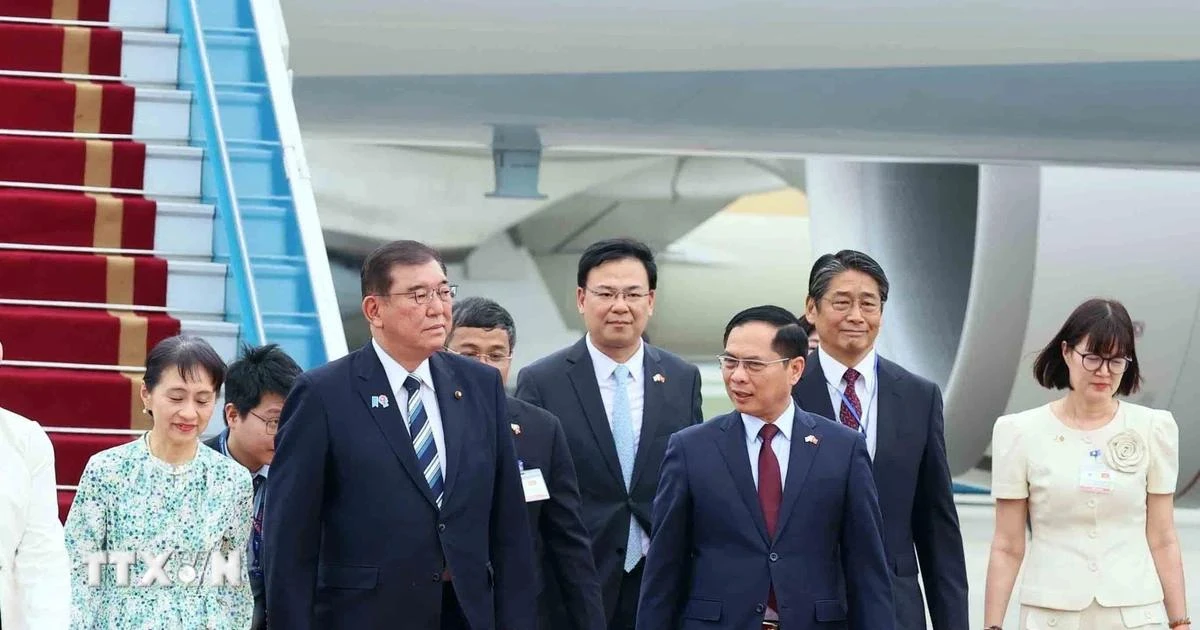
![[Photo] General Secretary To Lam receives Chairman of the Liberal Democratic Party, Japanese Prime Minister Ishiba Shigeru](https://vstatic.vietnam.vn/vietnam/resource/IMAGE/2025/4/27/63661d34e8234f578db06ab90b8b017e)
![[Photo] Japanese Prime Minister's wife visits Vietnamese Women's Museum](https://vstatic.vietnam.vn/vietnam/resource/IMAGE/2025/4/27/8160b8d7c7ba40eeb086553d8d4a8152)
![[Photo] Foreign tourists impressed by the way history is conveyed through interactive exhibitions at Nhan Dan Newspaper](https://vstatic.vietnam.vn/vietnam/resource/IMAGE/2025/4/27/6bc84323f2984379957a974c99c11dd0)
![[Photo] General Secretary To Lam's wife and Japanese Prime Minister's wife make traditional green rice cakes together](https://vstatic.vietnam.vn/vietnam/resource/IMAGE/2025/4/27/7bcfbf97dd374eb0b888e9e234698a3b)
![[Photo] Living witnesses of the country's liberation day present at the interactive exhibition of Nhan Dan Newspaper](https://vstatic.vietnam.vn/vietnam/resource/IMAGE/2025/4/27/b3cf6665ebe74183860512925b0b5519)


![[Video] Viettel officially puts into operation the largest submarine optical cable line in Vietnam](https://vstatic.vietnam.vn/vietnam/resource/IMAGE/2025/4/17/f19008c6010c4a538cc422cb791ca0a1)

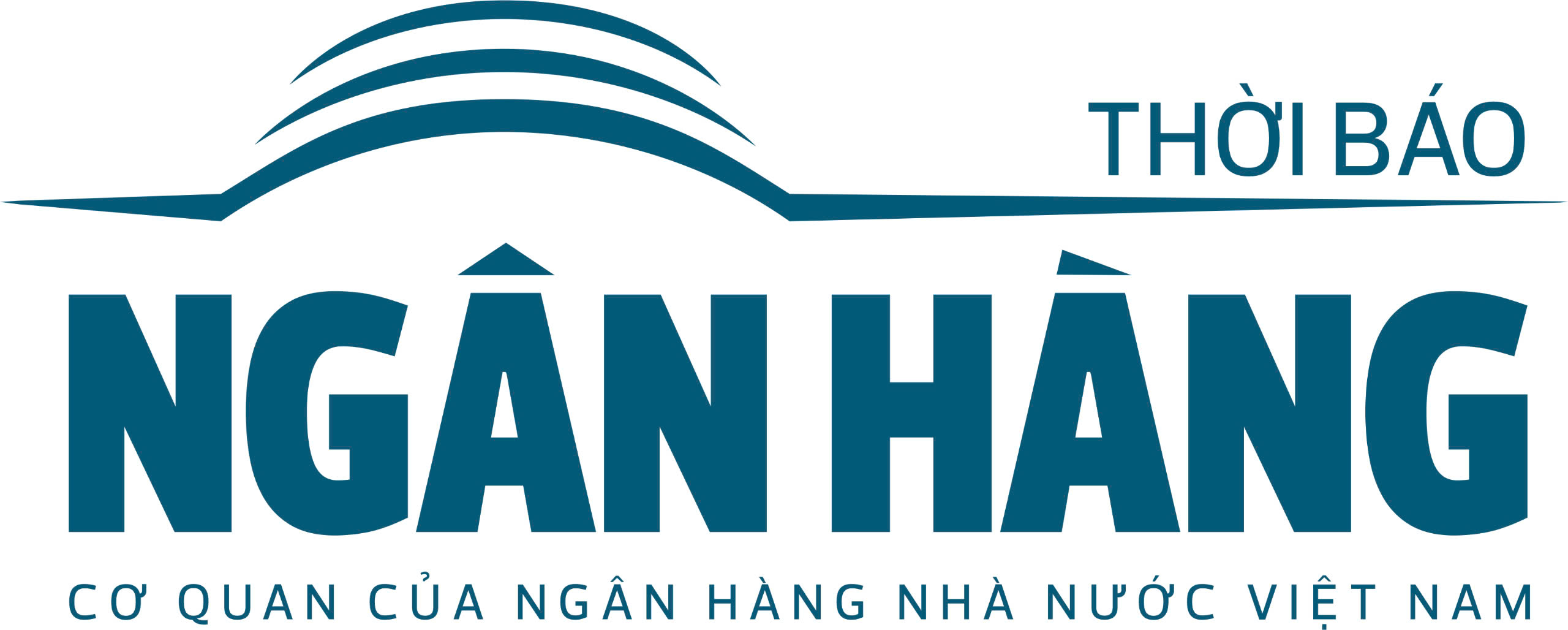






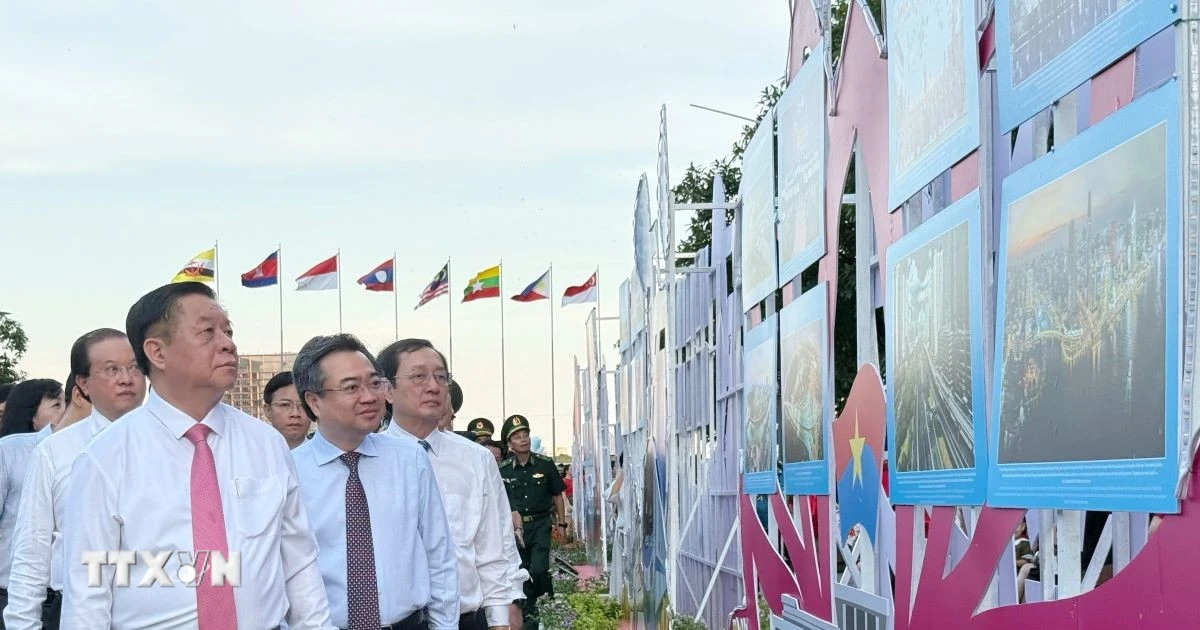







































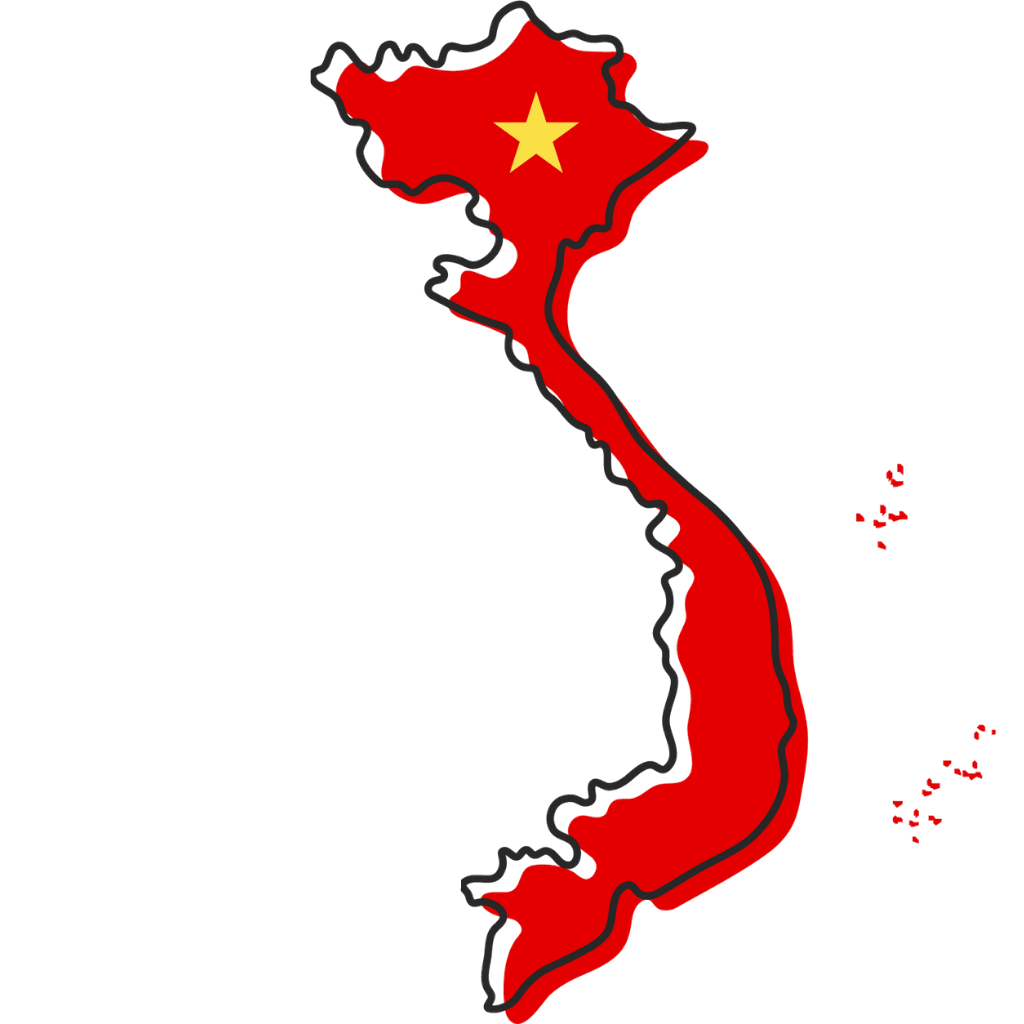



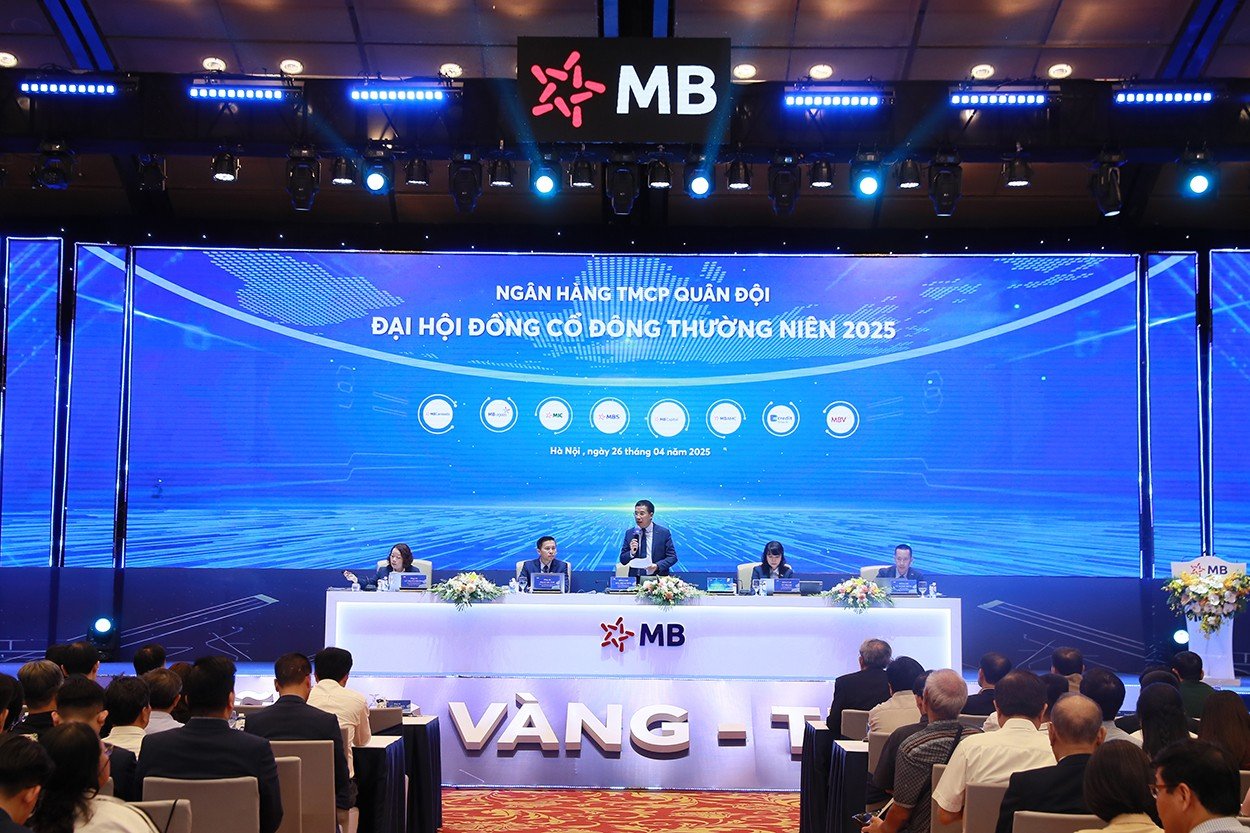










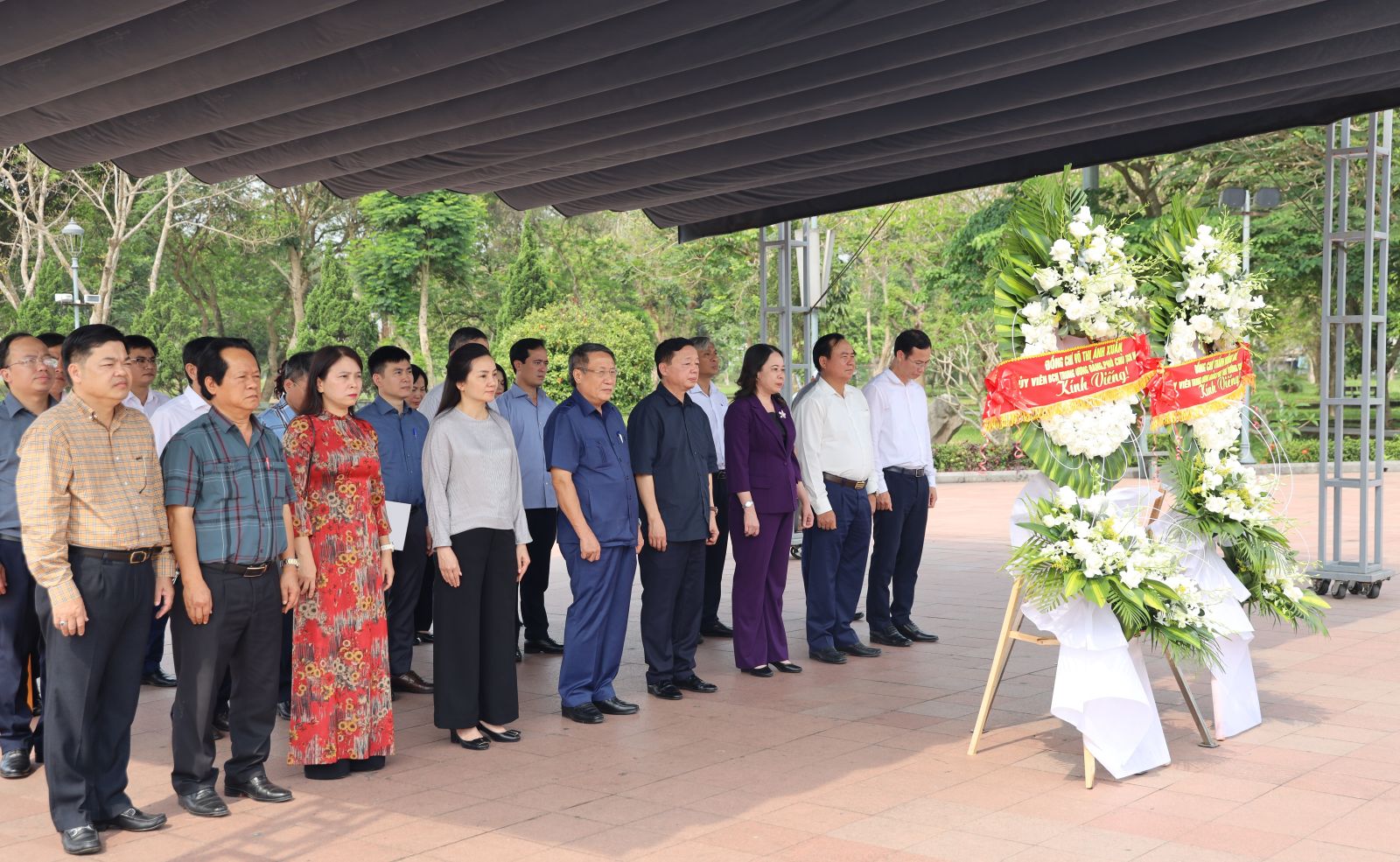

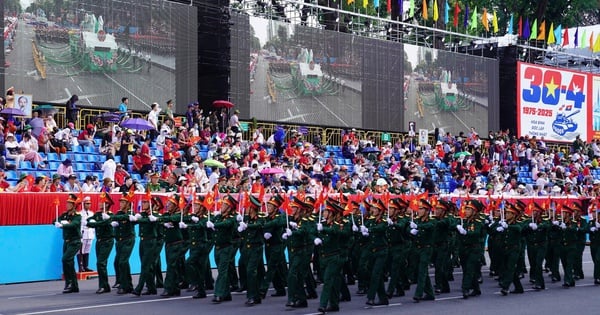











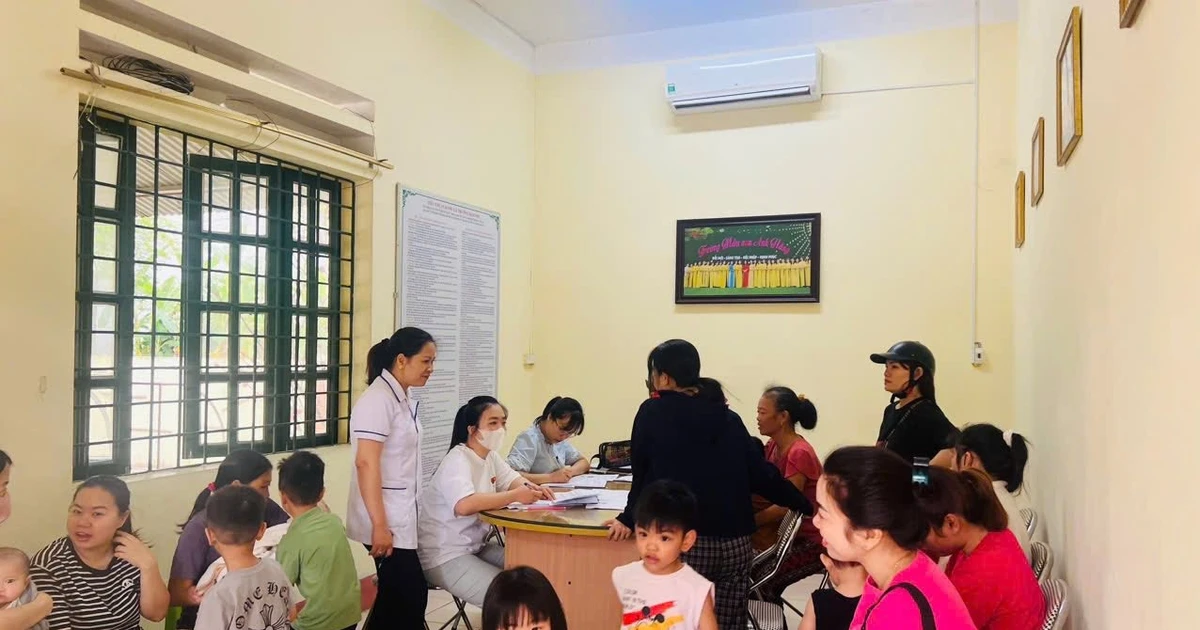










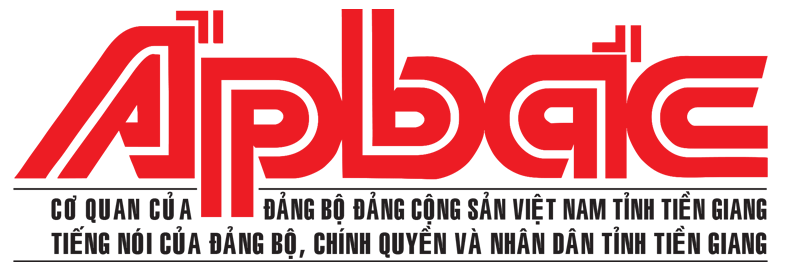
Comment (0)